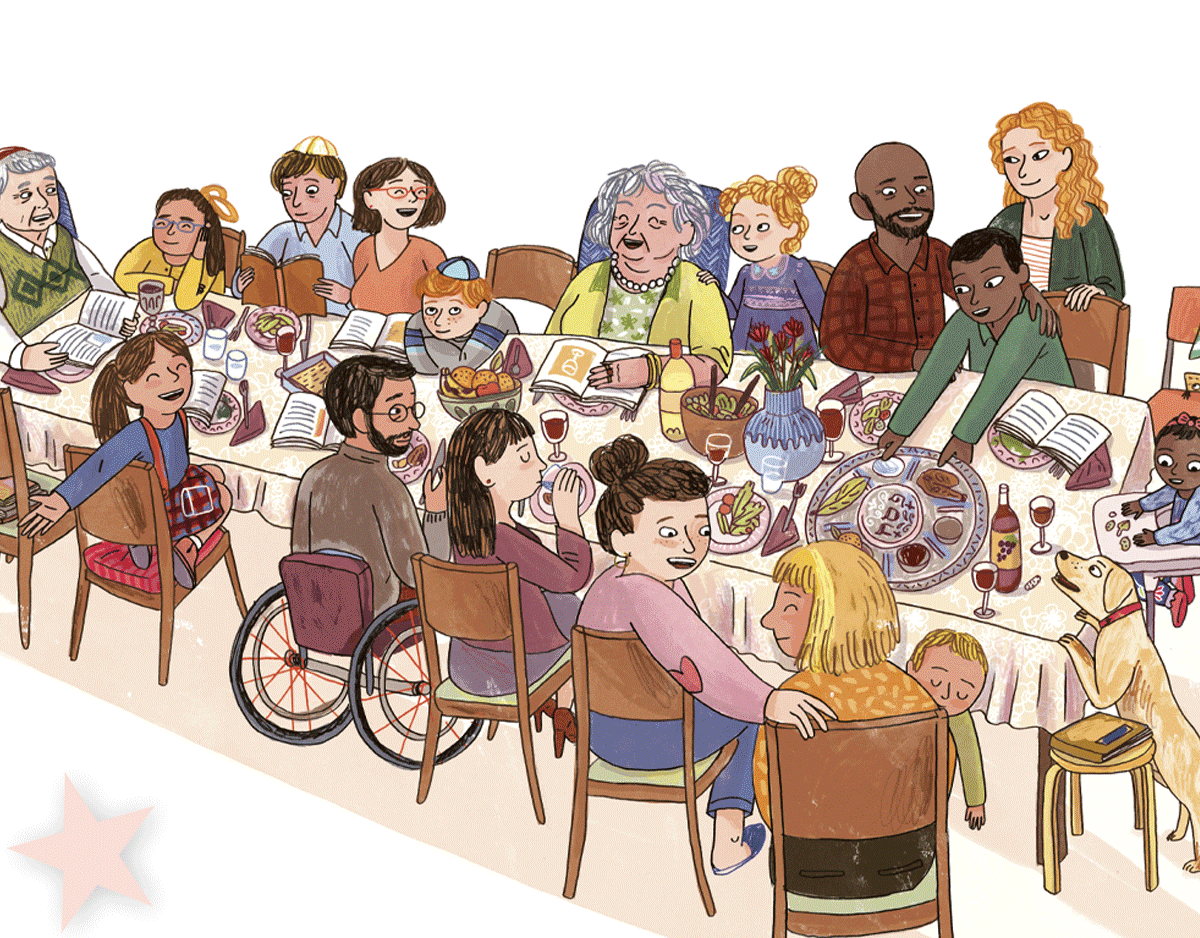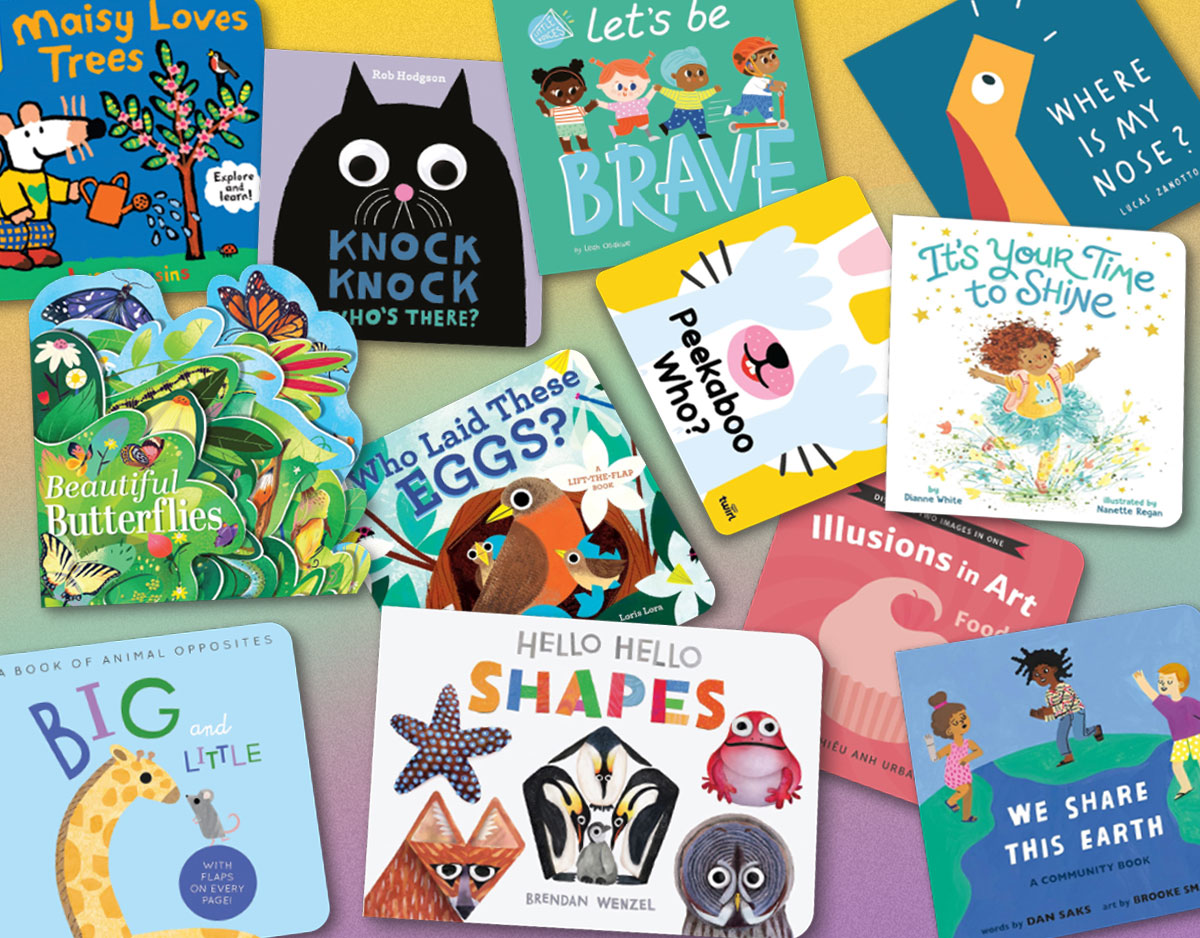Review of the Day – Dark Fiddler: The Life and Legend of Nicolo Paganini by Aaron Frisch
 Dark Fiddler: The Life and Legend of Nicolo Paganini
Dark Fiddler: The Life and Legend of Nicolo Paganini
By Aaron Frisch
Illustrated by Gary Kelley
Creative Editions
$17.95
ISBN: 978-1-56846-200-4
Ages 9 and up
On shelves now
The picture book biographer is often a limited soul. If you are churning out biography after biography for a large company then I’m sure the job must feel fairly rote. You tally up the facts, place them in some kind of semblance of order, slap in a timeline, and you are good to go. Personally, I am more interested in the people who walk into the game without any previous experience and end up producing something wild and wacky and doggone weird. Wild, wacky, and weird would actually describe the biography, Dark Fiddler: The Life and Legend of Nicolo Paganini, to a tee. Pay attention to that subtitle there. “Legend” it says, and certainly author Aaron Frisch is unafraid of calling upon rumor, hearsay, and conjecture to weave a fascinating biography of a man suspected of being in league with the devil himself. The result is an engrossing read, but a difficult product, particularly when you consider its actual purpose. I tend to prefer creative rather than utilitarian sensibilities, but there will undoubtedly be a couple people who enjoy this book while simultaneously scratching their heads over it. A difficult beauty, to say the least.
As with any piece, we begin with a Prelude. Frisch writes, “it is hardly surprising that extraordinary musical ability in mere mortals has long been explained by way of heavenly blessing or, more frequently, dark pacts.” So it is that we hear the tale of Nicolo Paganini through the words of a gravedigger telling a tale to his assistant. Born near All Hallows’ Eve, Paganini’s birth was foretold by an angel and he died only to return to life when he was four. A sickly child he was taught the violin and it became part of him. His talents did not go unnoticed, and people assumed that he was in league with the devil, able as he was to create such sounds. He fed these rumors, his fame increased, and at the height of his career he was notorious. He died relatively young, but his legend continues and his compositions are played to this day. A Postlude and Bibliography follow.
ADVERTISEMENT
ADVERTISEMENT
Earlier this year I was reading Sid Fleischman’s delightful The Trouble Begins at 8: A Life of Mark Twain in the Wild, Wild West as penned by Sid Fleischman. A raucous mix of fact and fiction, Fleischman takes particular care to specify when a moment might be true and when another might not be. Frisch takes a different approach. The story, couched as it is within a gravedigger’s tale, is given the liberty to mix fact and fable together. It’s easy enough to parse the two, should you wish to, but it makes the book a difficult product. Where would you put it in your library? In a biography section, tall tales intact? In the fictional picture book section, despite the true subject matter and the fact that the majority of this book is true? It’s a puzzlement. I guess the only thing you can say with any certainty is that it’s a remarkably fun read. And that’s gotta be worth something, right?
 What I think I should make clear, however, is that the writing in this book is really quite striking. Librarians could probably be purchasing it for their collections on the basis of the wordplay and visual images alone since it appears that Frisch hopes to match Paganini’s lightning quick bow with his own pitch perfect pen. You get sentences like “Those closest to him said he ate little and slept much. That he was jealous with his secrets and hard to know. Liable to juggle grapes one moment and gaze glumly upon them the next.” And so with these little turns of phrase Frisch weaves a wonderful story that keeps you interested from start to finish. And really, how could you resist learning more about a man who “had an eerie walk, as if the breeze carried him”?
What I think I should make clear, however, is that the writing in this book is really quite striking. Librarians could probably be purchasing it for their collections on the basis of the wordplay and visual images alone since it appears that Frisch hopes to match Paganini’s lightning quick bow with his own pitch perfect pen. You get sentences like “Those closest to him said he ate little and slept much. That he was jealous with his secrets and hard to know. Liable to juggle grapes one moment and gaze glumly upon them the next.” And so with these little turns of phrase Frisch weaves a wonderful story that keeps you interested from start to finish. And really, how could you resist learning more about a man who “had an eerie walk, as if the breeze carried him”?
If you’re looking for material for homework or reports, the Postlude (interesting term) at the end of the book sticks fairly closely to fact though it cannot help but enjoy working in the occasional “Rumors still swirl as to the final destination of his soul,” when discussing Paganini’s last grave. There is no mention of his syphilis or the mercury treatment that eventually killed him. There is no timeline either, but Frisch offers enough truth to keep the readers’ heads above water. And there is indeed a Bibliography at the back, but it’s a peculiar one. The dates of the items read 1957, 1936, 1982, 1983, 1979, and 1971 (first published in 1907) respectively. The other day an author wrote me to ask about the purpose of the Bibliography in a children’s book. She wanted to know if it was necessary and I replied that the Bibliography serves two functions. It either is there to prove that the author isn’t making this stuff up and has done his or her homework, or it is meant to provide child readers with additional material for their reports. If we were going just by the dates I’d have to say that this falls into the latter category, though it is a fascinating list. One wonders why more recent biographies of Paganini were passed over. If there even are newer biographies, for that matter. That’s a question too.
Frisch was lucky to have been paired with artist Gary Kelley. Kelley brings his own particular dark energy to this piece. He’s like an Egon Shiele for the under twelve set. If his work looks familiar to me that’s probably due in large part to the murals he’s created for Barnes and Noble in New York City. It’s a style that stays with you. Sometimes his angular lines and sharp jabbing cheekbones are smooth and supple. Other times they poke out at you. Here he seems to have embraced the very darkness of the tale. When an angel visit’s Paganini’s mother it’s not the bright shining star of so many Renaissance paintings but rather a gaunt and pallid black-robed figure, the only point of color a shock of brilliant red hair. The shading, lighting, and style of the book conjures up a sense of Goya and Picasso. You find yourself thinking, “Wow”, over and over again. One would be enough. Multiple times? You start to pay attention.
A pity about the gutter though. The gutter is the part of the book where the two pages meet in the center. And should an illustrator choose to put something of import in that visual No Man’s Land, it is forever lost in the gulf. Kelley, unfortunately, falls prey to this trap. Early in the book there is a picture of boys running gleefully through the streets. That would be all that you would see too unless you peered deep inside the book and saw the small dark image of a young Paganini playing while others cavort. Fortunately for us this is the sole moment when an image is lost to its packaging.
By and large Kelley’s art is superb and this is never more evident than when the book shrugs off the usual picture book biography rules and allows the occasional two-page spread of a villa. Paganini disappears into one for four years and the next thing you know you’re on a high hill looking down at the villa. Beside you a scarecrow’s tattered clothes blow in the wind while the sky stands a somber green/gray. It’s a vision that sucks you in and while four years pass for Paganini you can feel that time, standing on that hill. Kelley knows how to create a sense of weeks passing without a single word.
My boss was the one who introduced this book to me. He handed it over and said, “Let me know what age range you think this is for.” I know now why he asked. There are copious mentions of Paganini’s pact with the devil (though it seems pretty clear from the get go that he used those rumors to feed his own legend). He fathered an illegitimate child, though that’s mentioned solely in the Postlude and is hardly cause for so much as an eyebrow to be raised. It’s an odd book, but odd doesn’t mean wrong. I think it’s fine for children. The older ones will be the most drawn to its story and art, but as fascinating biographies go this is a keeper. I couldn’t hand it to the kid who needed something factual for a report, but any child who is a student of music or even of mystery will be fascinated by Frisch and Kelley’s dual approach. The book’s a beauty. You will find very little on your library shelves to match.
Other Blog Reviews: Solomon Blog,
Misc: It’s Non-Fiction Monday, of course. Head on over to Picture Book of the Day for the round-up.
Filed under: Best Books, Best Books of 2008, Reviews, Reviews 2008
About Betsy Bird
Betsy Bird is currently the Collection Development Manager of the Evanston Public Library system and a former Materials Specialist for New York Public Library. She has served on Newbery, written for Horn Book, and has done other lovely little things that she'd love to tell you about but that she's sure you'd find more interesting to hear of in person. Her opinions are her own and do not reflect those of EPL, SLJ, or any of the other acronyms you might be able to name. Follow her on Twitter: @fuseeight.
ADVERTISEMENT
ADVERTISEMENT
SLJ Blog Network
Name That LEGO Book Cover! (#53)
K is in Trouble | Review
Fighting Public School Book Bans with the Civil Rights Act
Take Five: Middle Grade Anthologies and Short Story Collections
ADVERTISEMENT








What’s the story on Creative Editions? Never heard of this publisher.
Dunno. This year they sent NYPL a whole host of really amazing books, both non-fiction and picture book related. I hadn’t heard of them until the moment I started going through their stuff. It’s really high quality writing and production value. I may have to contact them to figure out who exactly they are.
Gary Kelley has indeed done quite a few picture books. Some of the best in my collection include: Rip Van Winkle, The Legend of Sleepy Hollow and a collection of Poe, all by Creative Editions. Gorgeously done, they are the books that stay on MY shelves, rather than my daughters.
Creative Editions is a small publisher based in Mankato, MN. They do mostly non-fiction and I don’t think they have a website, which is a shame. The books they put out are usually gorgeous.
CE brings in a lot of illustrators who usually work on the Editorial side of the Great Illustration Divide. Marshall Arisman just did a book with them, for instance. Europeans are well represented, too. Sometimes the books feel done more for art directors than for kids, but they can indeed be gorgeous.
First, Gary Kelly is NOT new to picture books. Some of them are: Black Cat Bone : The Life of Blues Legend Robert Johnson
by J. Patrick Lewis, Gary Kelley; Cask of Amontillado by Edgar Allan Poe, Gary Kelley (Illustrator);Tallchief: America’s Prima Ballerina by Maria Tallchief, Gary Kelley; William Shakespeare’s Macbeth by Bruce Coville (Retold by) , Bruce Coville, Gary Kelley.
Second, Creative Editions has been quietly doing some of the handsomest and oddest and most offbeat books around for some time. J. Patrick Lewis and I have just sold them a book of poems about Marc Chagall. They don’t do charming, cute, Fancy Nancy books. They don’t do coy child friendly books with no heft. Their take on publishing for young readers goes in an entirely and singularly different direction.
*sigh* I guess that’s the nice thing about reviewing. I can edit my own mistakes. Duly noted.
Just looked up the Golden Kite Award books that I judged in 2005 and Creative Editions had a beautiful book that was (in my memory) a pop-up about Gallieo. I gave it a good score and donated it after the judging.
For those looking for a website try http://www.thecreativecompany.us. It appears that Creative Editions is an imprint of The Creative Company(?)
For the record, the publisher information at the start of the post is linked to the site as well.